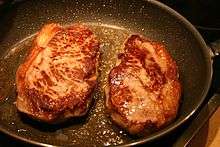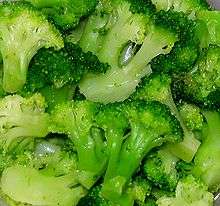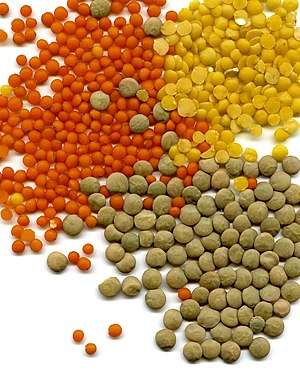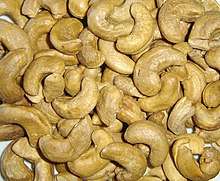|
Eating a healthy balanced diet is the best way to maintain your energy levels, in particular eating foods containing iron. The following page provides information about iron and why it is important for energy and health.
What is Iron?Why do we need it? Blood cells Iron is a nutrient that we all need in small amounts, but we still do need it for our body to function normally. It is a mineral and has many roles in the body. Its roles are:
-Iron is part of a protein in your red blood cells, which carries oxygen in the bloodstream to your cells, so they can function properly.
-Iron is also part of another protein found in muscles, which makes oxygen available for your muscles, so they can use energy and work.
-Iron is involved in a body process that converts the nutrients from the food we eat to energy that can be used. *
-Iron also has a role in protecting your body against infections and colds. [1] Types of IronHaem Iron Beef Steaks Where is it found: only animal foods including meat, poultry and fish How much is absorbed by your body: 25% -It is absorbed 50% better than Non-Haem Non-Haem Iron Green Vegetables Where is it found: both in animal and plant based foods such as green vegetables and nuts How much is absorbed by your body: 17% -Vegetarians only consume this type -Even though it is not as well absorbed it is still a great source [1] How much do you need a day?The National Health and Research Council recommends: [2]
MALES:
Good food sourcesHaem Sources Oysters
Non-Haem Sources Lentils
Ways to add more Iron in your diet Cashews At breakfast time: -Choose breakfast cereals that have added iron How to tell: Iron will be in the ingredients list and/or the nutrition panel Examples: Weetbix, Special K and Kellogg’s Corn Flakes [4] -Choose bread with added Iron Examples: Wonderwhite Wholemeal and White [5] -Eggs and baked beans are also a good way to add Iron to your diet Morning and afternoon tea: -snack on nuts, seeds and dried fruit such as cashews, almonds, peanuts, pumpkin seeds and dried apricot Lunch: -Choose iron rich foods to go into sandwiches such as meat, peanut butter and spinach Dinner: -Include meat and fish dishes -Try adding quinoa as a side -Add a side of green vegetables -Try including tofu or legumes [6] Factors affecting absorption Orange juice
What happens when you have not enough/too much
Who might not be getting enough Running
Females who are at a childbearing age and are menstruating are at a higher risk of not getting enough iron, due to iron losses from the blood loss each month via menstruation.
Athletes are at risk because to perform at their best, they need increased levels of oxygen transport to their muscles and hence need more iron. Iron is also lost through sweat.
Vegetarians are at risk because they only consume the less absorbed non-haem iron. [7] Further Resources
http://www.betterhealth.vic.gov.au/bhcv2/bhcarticles.nsf/pages/Iron_explained
http://www.foodstandards.gov.au/science/monitoringnutrients/nutrientables/nuttab/Pages/default.aspx
References
|